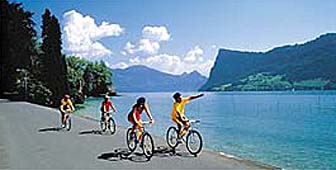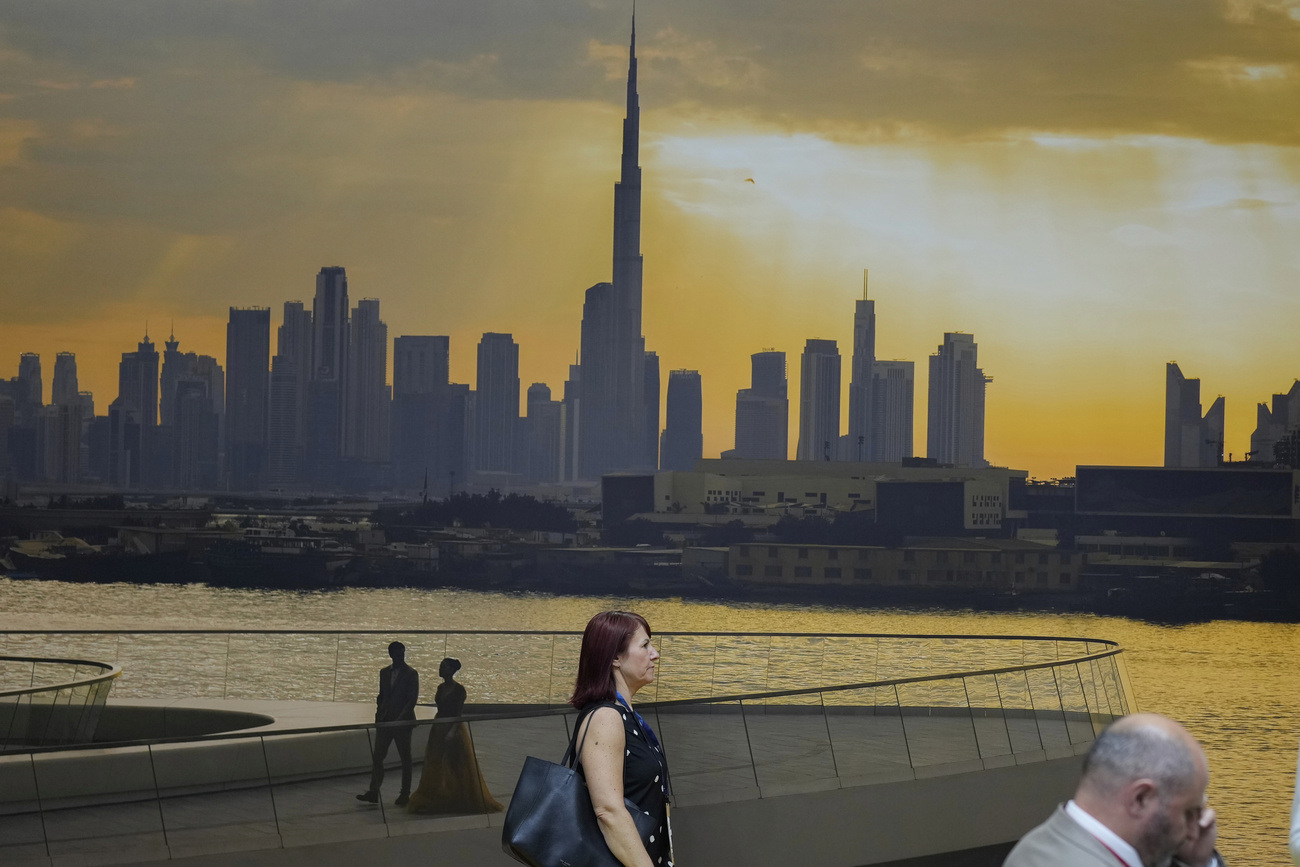Scenic cycling through Swiss history

Bottlenecks at the St Gotthard road tunnel are nothing new as it's the shortest route through the Alps. To avoid the jams and enjoy the scenery, Vincent Landon got on his bicycle and rode from Basel in the north of Switzerland to Chiasso in the south.
The 370-kilometre route is one of nine national cycling trails that run for more than 3,000 kilometresb across the length and breadth of the country. Because it’s such an important thoroughfare, decisive battles have been fought along its length and it is certainly no coincidence that the founding myths of the Swiss Confederation were born here, too.
Getting out of Basel was possibly the most difficult part of the whole ride. Roadworks near the station obscured the signs marking the cycling trail and I criss-crossed the city for half-an-hour before escaping its industrial suburbs. On the whole, though, the route is superbly marked and I only had to stop on a handful of occasions to consult my map and work out where to go.
The first climb of the ride came in the Jura mountains. Otherwise, the opening day was relatively mild and ended in the quiet town of Sempach.
The surrounding countryside offers no hint today that this was the scene of one of the seminal battles in Swiss history. To the chorus of birdsong and cowbells, I visited the battlefield where in 1386, the Confederates won their legendary victory over the Austrians.
Near the memorial chapel is the spot where Arnold von Winkelried is supposed to have thrown himself on the Austrian lances so his comrades could charge over his fallen body and engage the enemy at close quarters.
The ride continues around Lake Lucerne where the William Tell legend was born. In Altdorf, Tell is supposed to have shot the apple off his son’s head. The Tell chapel on Lake Uri marks the spot where he reputedly leapt from the boat in which the bailiff Gessler was taking him to prison.
But first comes a welcome rest for weary legs with a ferry crossing from Beckenried to Gersau. Indeed, if you’re not up to cycling the hills, you have the option of putting your bike on a train or in the luggage trailer of a post bus. The Swiss public transport system makes life easy for the lazy cyclist!
Ignoring the easy option, I cycled towards the mountains. After Altdorf, the ride is dominated by the St Gotthard. Although the pass was known to the Romans, it was not generally used as a cross-Alpine route until the 13th century after the Schöllenen gorge had been forced.
In the gorge stands a memorial to Russia’s Aleksandr Suvorov, one of the greatest military leaders of all time. After routing Napoleon’s ablest lieutenants in northern Italy, Suvorov was ordered across the Alps to join a Russian force that was being threatened by the French in Switzerland.
After crossing the St Gotthard, he arrived in Altdorf only to discover that his allies had been defeated. He then led a fighting retreat over the Alps, escaping with the bulk of his army intact. This remarkable feat earned him the nickname, the Russian Hannibal.
I feel suitably humbled by Suvorov’s achievements. The ride up to the pass is brutal and I am pleased to be able to tuck in behind another cyclist and let him tow me uphill.
What goes up must come down. From the top of the pass, I swooped down to the town of Airolo, once the staging post where travellers took a rest and changed horses after the rigours of crossing the St Gotthard. Today, it’s the place where drivers emerge into the fresh air after 16 kilometres inside the road tunnel.
A monument near the railway station remembers the 177 people who lost their lives while the rail tunnel was being built a century earlier.
It’s downhill all the way from here or at least it seems so, through Valle Leventina, a natural highway where Roman legions and medieval knights passed before me. Bellinzona, with its three medieval castles, lies at the crossroads of three major routes through the Alps.
After Lake Lugano, the influence of Lombardy becomes increasingly apparent in speech and architecture. The end of the road and the ride is in the border town of Chiasso. If it was not for the customs post, it would be hard to say where Italy proper began.
by Vincent Landon

In compliance with the JTI standards
More: SWI swissinfo.ch certified by the Journalism Trust Initiative









You can find an overview of ongoing debates with our journalists here . Please join us!
If you want to start a conversation about a topic raised in this article or want to report factual errors, email us at english@swissinfo.ch.